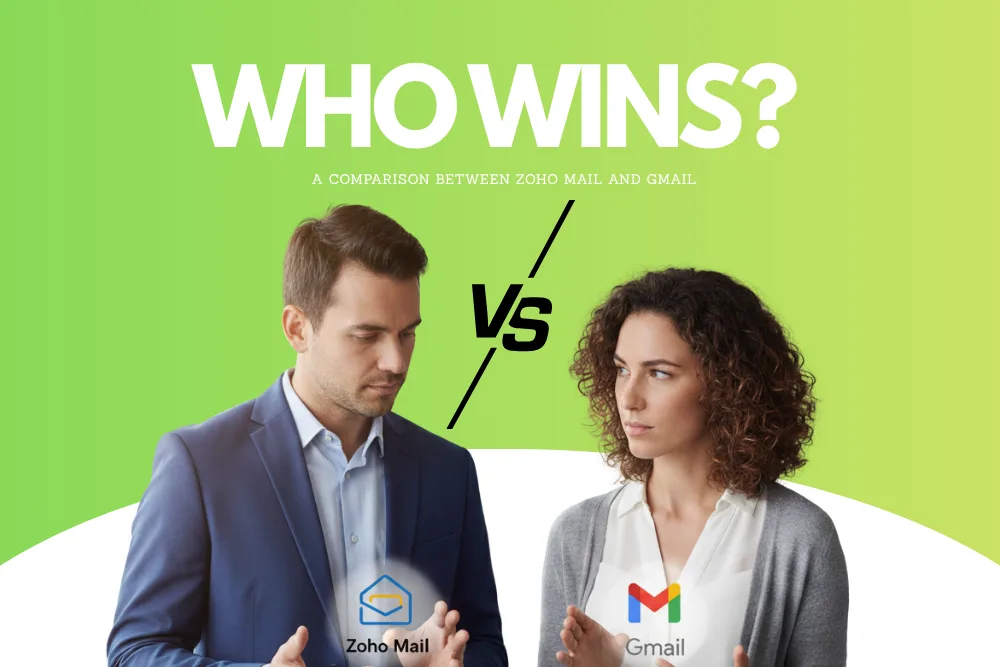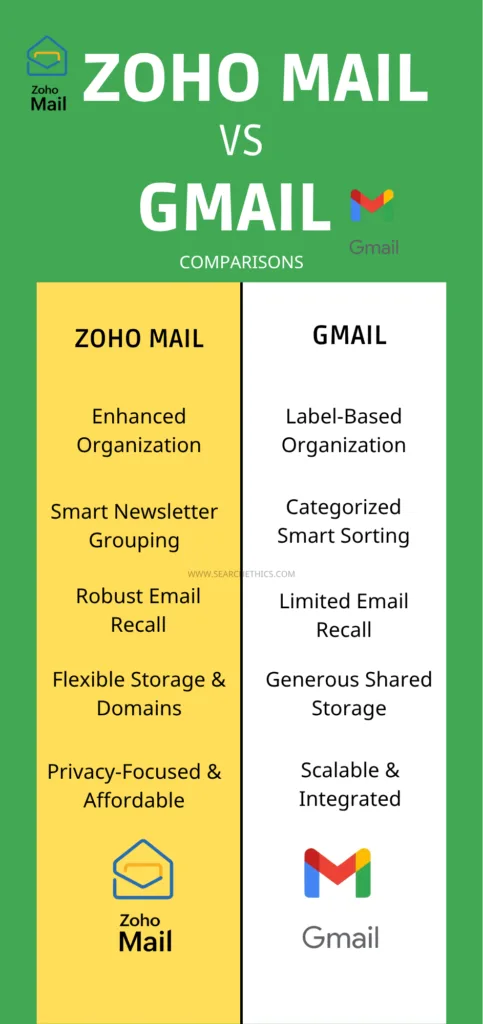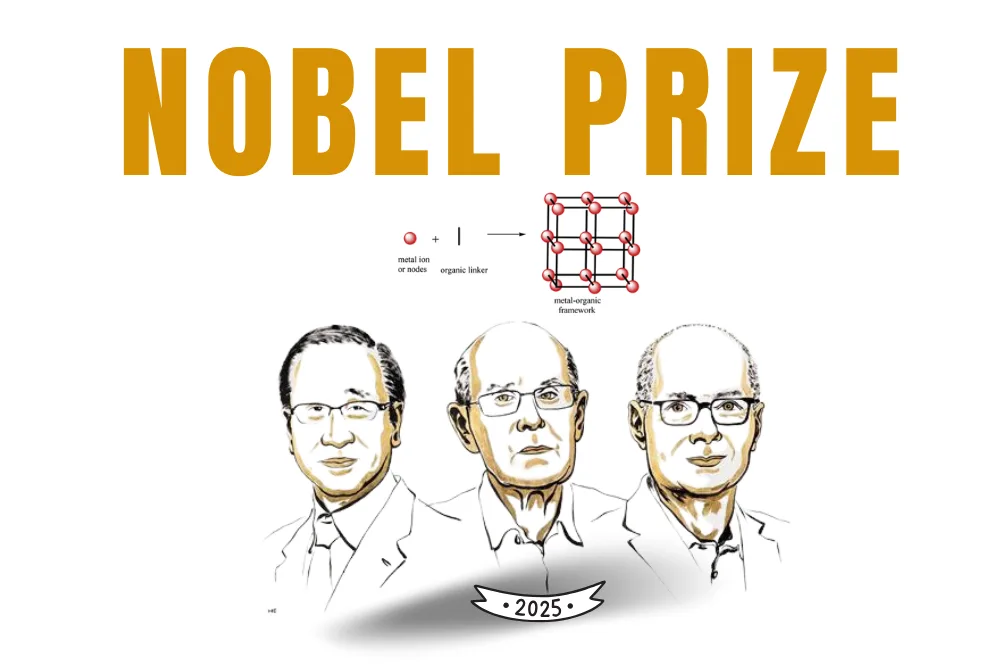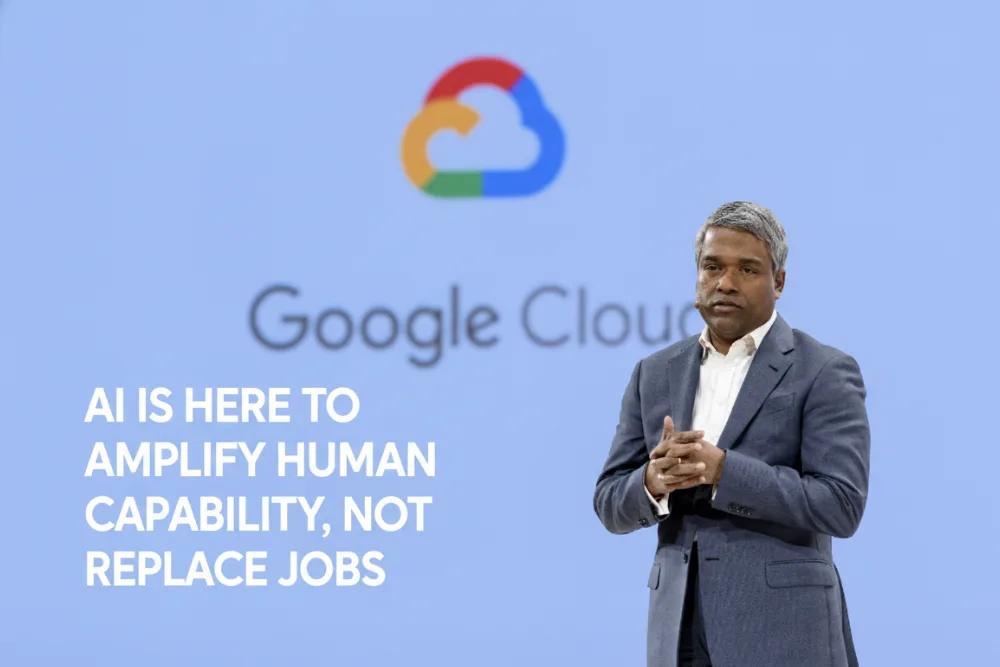Now Reading: Zoho Mail vs Gmail: Which Email Platform Is Better
-
01
Zoho Mail vs Gmail: Which Email Platform Is Better
Zoho Mail vs Gmail: Which Email Platform Is Better

Email remains one of the most essential tools for professional communication in 2025. Whether you are an entrepreneur, a small business owner, or a student, choosing the right email platform can improve your productivity, enhance privacy, and streamline collaboration.
Two of the most popular platforms today; Zoho Mail and Gmail both offers robust features but cater to different priorities. This guide compares Zoho Mail and Gmail based on their features, security, privacy policies, collaboration tools, and user experience, helping you choose the one that aligns best with your goals.
Feature Comparison: Zoho Mail vs Gmail
As said in the intro, both Zoho Mail and Gmail deliver a comprehensive set of features, but their focus differs.
Zoho Mail is designed primarily for professional and business use. It includes a range of tools such as Calendar, Tasks, Notes, Contacts, Bookmarks, and Zoho Streams, a Slack-like collaboration feature that enables teams to create posts, tag colleagues, and assign tasks directly within the inbox.
One of its standout features is its large file attachment limit up to 1 GB per file, compared to Gmail’s 25 MB limit. Files larger than this are automatically converted into secure links.
Another advantage is the email recall function. Zoho Mail allows users to recall sent messages even after the send window has expired, although the recipient is notified of the recall. Gmail, by contrast, only allows a short “Undo Send” period of a few seconds.
Gmail, on the other hand, focuses on simplicity and accessibility. It integrates seamlessly with Google Workspace tools such as Drive, Docs, Sheets, Calendar, and Meet, enabling real-time collaboration. Its AI-powered Smart Compose and Smart Reply features help users draft emails quickly with predictive text suggestions.

| Category | Zoho Mail | Gmail |
|---|---|---|
| Email Organization | Enhanced Organization: Offers folders, tags, and filters for superior email management. | Label-Based Organization: Uses labels for email categorization. |
| Inbox Management | Smart Newsletter Grouping: Automatically groups newsletters to reduce inbox clutter. | Categorized Smart Sorting: Divides inbox into tabs (Primary, Social, Promotions). |
| Email Recall | Robust Email Recall: Full recall with recipient notification for better control. | Limited Email Recall: Undo send option up to 30 seconds only. |
| Storage Capacity | Flexible Storage: 5 GB (email only) on the free plan. | Generous Shared Storage: 15 GB shared with Drive and Photos. |
| Custom Domain Support | Available on Free Plan: Supports custom domains even in the free tier. | Not Available on Free Plan: Custom domains only with paid Google Workspace. |
| Privacy & Security | Privacy-Focused: No tracking, strong encryption, GDPR-compliant. | Data Scanning: Google scans metadata for service optimization; strong TLS security. |
| AI and Automation | Zia AI Assistant: Helps draft emails, summarize messages, and categorize content. | Smart Compose & Smart Reply: AI-assisted email suggestions and quick replies. |
| Target Audience | Privacy-Conscious Professionals: Ideal for businesses and users valuing control and data security. | Students & Enterprises: Great for users seeking integration and scalability. |
| Pricing | Affordable Plans: Starts at ₹100/user/month (approx). | Google Workspace Plans: Vary based on features; more expensive for enterprise tiers. |
AI Capabilities and Productivity Tools
Both platforms have invested in AI to enhance user productivity.
Zoho Mail integrates Zia, an AI assistant powered by OpenAI. Zia helps categorize incoming messages, summarize emails, and even draft email content based on simple user prompts. Users can customize the tone and style of AI-generated emails, improving communication efficiency.
Gmail also employs AI for similar functions. Its contextual smart replies and email summaries analyze information from a user’s inbox and Google Drive to craft personalized suggestions. However, Gmail’s focus remains on automation for convenience, while Zoho’s emphasis is on AI for business and professional efficiency.
Security and Privacy: A Core Difference
Privacy is where Zoho Mail truly distinguishes itself.
Zoho Mail offers end-to-end encryption, both in transit and at rest, and supports S/MIME for creating digital signatures that ensure authenticity and prevent tampering. It also includes advanced threat protection against phishing, spoofing, and account takeovers. Importantly, Zoho Mail maintains a strict no-ad policy—even in its free plan—and is GDPR-compliant, ensuring user data is never scanned for marketing or profiling.
Read about Google Data Breach Exposes 2.5 Billion Gmail Users
Gmail, while highly secure, adopts a different approach. Google uses TLS encryption for all emails but scans metadata for service optimization. Although paid Google Workspace users do not see ads, Gmail’s history of analyzing user activity raises ongoing privacy concerns for some professionals.
Interface and User Experience
Gmail is known for its intuitive interface and familiar layout, making it ideal for students and general users. Features such as color-coded labels, powerful search, and automatic categorization make managing large inboxes easy.
Zoho Mail delivers a distraction-free, ad-free workspace with a professional layout that encourages productivity. Its built-in collaboration tools and integration with Zoho CRM, Projects, and Books make it particularly appealing to startups and small businesses.
Verdict: Gmail wins for personal convenience, while Zoho Mail is better suited for business-focused users who value privacy and branding.
Collaboration Tools and Integrations
Both platforms offer strong collaboration ecosystems but target different audiences.
Gmail (Google Workspace):
-
Real-time collaboration on Docs, Sheets, and Slides
-
Seamless video meetings through Google Meet
-
AI tools for composing and scheduling emails
Zoho Mail (Zoho Workplace):
-
Streams: Team discussions and task management inside the inbox
-
eWidget: Integration with Zoho CRM, Projects, and third-party tools
-
Admin app for managing users and accounts easily
Startups and growing businesses may find Zoho’s built-in collaboration tools more cohesive, while Gmail’s advantage lies in its broader ecosystem integration.
Setting Up Zoho Mail with a Custom Domain
One major reason businesses choose Zoho Mail is its free custom domain support. Setting it up is simple:
-
Sign Up at mail.zoho.com and choose Sign Up for Business Email.
-
Select a Plan, such as the Forever Free Plan for up to five users.
-
Add Your Domain (e.g., yourcompany.com).
-
Verify Domain Ownership using DNS records.
-
Create User Accounts (like info@yourcompany.com).
-
Update MX Records to route mail to Zoho’s servers.
-
Access Your Inbox through the web, mobile app, or email client.
Your business email is now secure, ad-free, and professionally branded.
Customer Support and Accessibility
Gmail Free: Access to help articles and community support.
Gmail Workspace: 24/7 customer service for paid users.
Zoho Mail: 24/7 support for paid users and responsive assistance for free-tier customers.
For small businesses without IT staff, Zoho’s accessible support can be particularly beneficial.
Final Note
Both Gmail and Zoho Mail are exceptional email platforms, but their strengths cater to different users. Gmail offers unmatched integration and simplicity, making it ideal for individuals and educational users. Zoho Mail, however, provides a privacy-first, ad-free, and collaboration-oriented experience tailored for professionals and businesses.
If your priority is ease of use and integration, Gmail is an excellent choice. But if you value data privacy, brand identity, and business productivity, Zoho Mail stands out as the more strategic option.
FAQs
Is Zoho Mail better than Gmail for business use?
Yes. Zoho Mail offers advanced privacy, domain-based branding, and integrated business tools ideal for startups and small enterprises.
Does Zoho Mail scan emails for ads?
No. Zoho Mail provides an ad-free experience and does not scan or sell user data.
Can Gmail users enjoy the same level of privacy?
Paid Gmail (Google Workspace) users experience fewer ads, but Google still collects metadata for service optimization.
Which platform offers better collaboration tools?
Zoho Mail offers Streams for internal collaboration, while Gmail integrates with Docs, Sheets, and Meet for real-time teamwork.
Is Zoho Mail free for custom domains?
Yes. Zoho Mail provides a Forever Free plan supporting up to five users with a custom domain.
Dony Garvasis is the founder of Search Ethics, a platform dedicated to transparency, authenticity, and ethical digital practices. With over six years of experience in SEO and digital marketing, I provide expert content on automobiles, Artificial intelligence, technology, gadgets, science, tips, tutorials and much more. My mission is simple: Ethical Search, Genuine Results! I will make sure people everywhere get trustworthy and helpful information.










